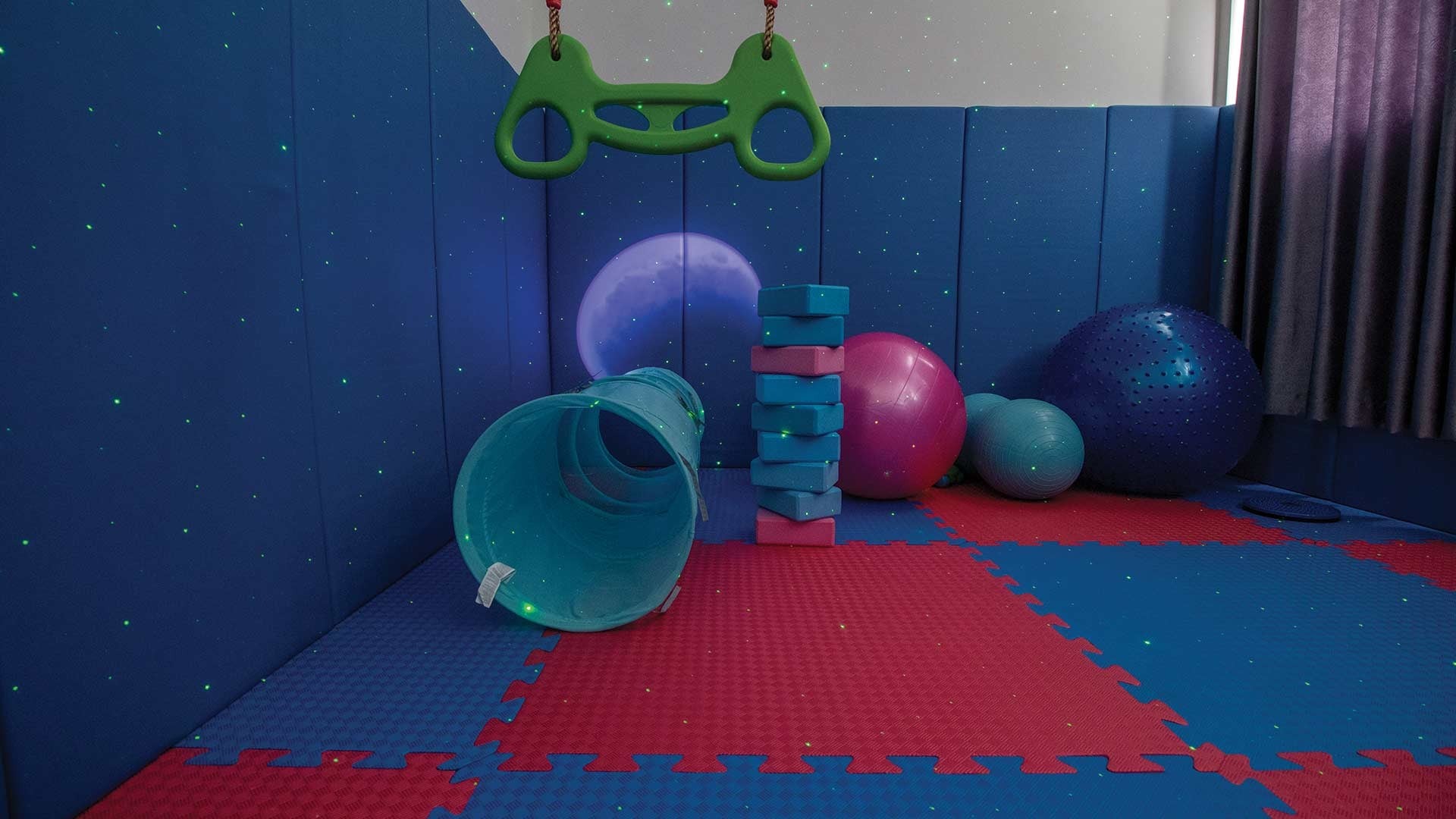A sensory-friendly classroom is a learning environment that is adapted to the needs of students with sensory processing disorder (SPD), ADHD, autism, and other sensory sensitivities. In a sensory-friendly classroom, students can feel comfortable and focused, and they are less likely to be overwhelmed by sensory stimuli.
There are many different ways to create a sensory-friendly classroom. Some of the most important things to consider include:
- Lighting
- Noise
- Seating
- Movement
- Sensory aids
Lighting
Bright, fluorescent lighting can be overwhelming for students with sensory sensitivities. Instead, try to use natural light whenever possible, and supplement with soft, indirect lighting. You can also use light-filtering curtains or shades to reduce glare.
Noise
Noise can be another major distraction for students with sensory sensitivities. Try to reduce noise levels in your classroom by closing windows and doors whenever possible, and using carpets and rugs to absorb sound. You can also provide students with noise-canceling headphones or earplugs.
Seating
Traditional desks and chairs can be uncomfortable for some students with sensory sensitivities. Instead, consider offering a variety of seating options, such as bean bag chairs, rocking chairs, and bouncy balls. You can also allow students to stand or move around during class as needed.
Movement
Movement is important for all students, but it can be especially beneficial for students with sensory sensitivities. Try to incorporate movement into your lessons as often as possible, such as by having students stand up and stretch every 20-30 minutes, or by leading them in a short dance break.
Sensory aids
Sensory aids can help students with sensory sensitivities to regulate their responses to sensory stimuli. Some popular sensory aids include fidget toys, weighted blankets, and therapy balls. You can also create your own sensory aids, such as a calming bottle or a sensory bin.
In addition to the above, there are many other things you can do to create a sensory-friendly classroom. Here are a few more ideas:
- Reduce clutter
- Use calming colors
- Provide a variety of sensory-friendly activities and materials
- Create a quiet area where students can go to relax
- Talk to your students about their sensory needs and preferences
Here are some specific examples of sensory-friendly activities and materials:
- Sensory-friendly activities:
- Playdough
- Sandplay
- Water play
- Music therapy
- Art therapy
- Sensory-friendly materials:
- Fidget toys
- Weighted blankets
- Therapy balls
- Calming bottles
- Sensory bins
Creating a sensory-friendly classroom does not have to be expensive or time-consuming. With a few simple changes, you can create a learning environment that is comfortable and supportive for all students.





Leave A Comment